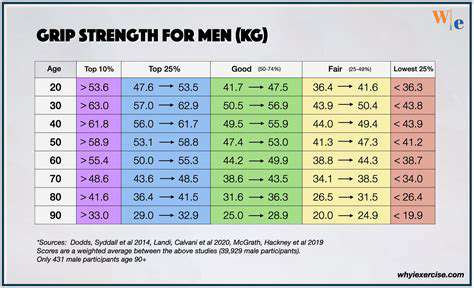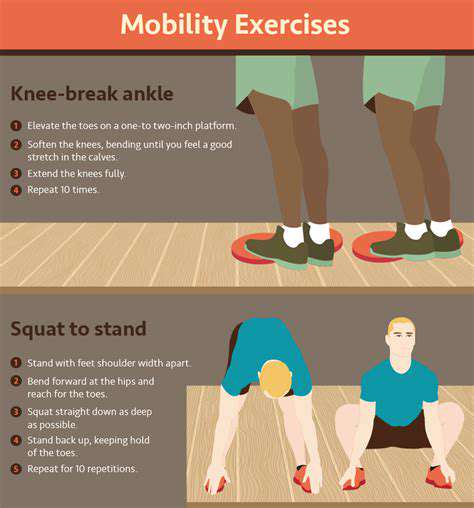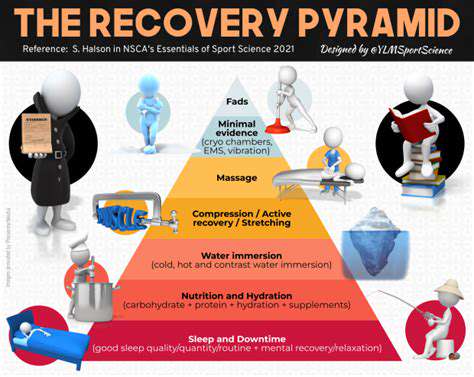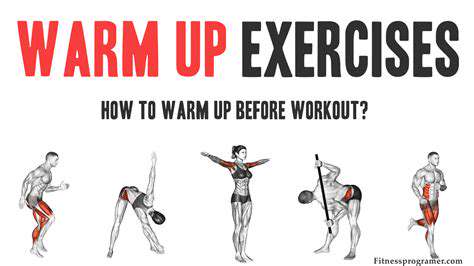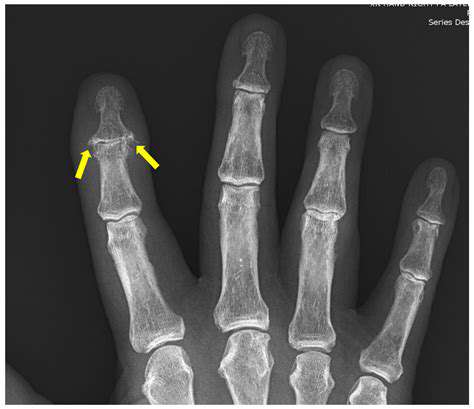Routines to Enhance Hand Recovery
Managing Pain and Inflammation
Understanding the Role of Pain and Inflammation
Pain and inflammation are crucial components of the hand recovery process, acting as signals that something is amiss. Understanding their role isn't about eliminating them entirely, but rather about managing their intensity and duration. Persistent or severe pain can hinder movement and impede healing, while chronic inflammation can lead to long-term damage. This section emphasizes the importance of recognizing these symptoms and how they relate to the overall healing journey.
Inflammation, while a necessary response to injury, can become problematic if it lingers. This protracted inflammation can lead to swelling, stiffness, and discomfort. Identifying the underlying causes of inflammation and learning strategies to mitigate its effects is therefore essential for a successful recovery routine.
Addressing Acute Pain and Inflammation
Acute pain and inflammation often follow hand injuries, such as sprains, fractures, or cuts. Effective management involves a combination of RICE (Rest, Ice, Compression, Elevation) principles, over-the-counter pain relievers, and potentially, physical therapy. Early intervention is key to preventing the condition from worsening and limiting its impact on the overall recovery timeline. Understanding the specific type of injury will help determine the appropriate course of action.
Implementing these strategies in the initial phase of recovery can significantly reduce discomfort and promote optimal healing. This often involves prioritizing rest and avoiding activities that exacerbate pain. Proper pain management is an integral part of the recovery process, ensuring that the hand is not further stressed during the healing phase.
Managing Chronic Pain and Inflammation
Chronic pain and inflammation, which persist beyond the expected healing period, may require a more comprehensive approach. This can include exploring underlying medical conditions, consulting with a specialist like a rheumatologist, or utilizing alternative therapies like acupuncture or massage. Identifying and addressing the root causes of the chronic pain and inflammation is critical for long-term hand health and function.
Integrating Lifestyle Modifications for Pain Management
Beyond medication and physical therapies, lifestyle modifications play a significant role in managing both acute and chronic pain and inflammation in the hand. This includes maintaining a healthy diet rich in anti-inflammatory foods, getting adequate sleep, and managing stress levels. Stress can significantly impact the body's inflammatory response, so incorporating stress-reducing techniques, such as meditation or yoga, can be beneficial.
Regular exercise, tailored to the hand's limitations, is also essential. This helps maintain muscle strength, flexibility, and blood circulation in the hand, all of which contribute to a smoother recovery process and minimizing the risk of future inflammation or pain.
Maintaining a Healthy Lifestyle for Overall Well-being
Importance of Consistent Hand Hygiene
Maintaining a consistent hand hygiene routine is crucial for overall well-being, particularly when considering the frequent use of hands in daily activities. Regular handwashing with soap and water, or the use of an alcohol-based hand sanitizer, helps remove germs and bacteria that can lead to various illnesses. This simple act significantly reduces the risk of spreading infections, protecting not only oneself but also those around us. The importance of hand hygiene extends beyond preventing common colds and flu; it can also help prevent more serious infections and diseases.
Implementing a routine of thorough handwashing, especially after using the restroom, before eating, and after contact with potentially contaminated surfaces, is a cornerstone of good health. Consistent hand hygiene habits are particularly important in environments where exposure to infectious agents is high, such as healthcare settings, schools, and public transportation. This practice empowers individuals to proactively protect their health and contribute to a healthier community.
Ergonomic Practices for Hand Care
Ergonomic practices play a vital role in preserving the health and well-being of our hands. By understanding the potential strain and overuse that daily activities can place on our hands, we can adopt strategies to minimize risks. This includes proper posture during activities that involve repetitive motions, such as typing or using a mouse. Using supportive tools, like ergonomic keyboards and mice, can further reduce strain and promote comfort, preventing the development of repetitive strain injuries (RSIs). Consistent attention to proper posture and the use of appropriate tools is essential for preventing long-term hand problems.
Regular breaks are just as important as proper posture and tools. Taking short breaks throughout the day to stretch and rest the hands can help prevent fatigue and reduce the risk of developing hand-related issues. In addition to stretching, incorporating exercises specifically designed to strengthen the hand muscles can enhance overall hand health and resilience. These simple strategies can significantly contribute to maintaining a healthy lifestyle, reducing the risk of injuries and discomfort.
Nourishing Hands for Optimal Function
Nourishing the hands with proper hydration and nutrition is a vital aspect of maintaining overall hand health. Just as our bodies need essential nutrients to function optimally, our hands require proper nourishment to maintain their strength and suppleness. A balanced diet rich in vitamins, minerals, and antioxidants plays a crucial role in supporting the health and integrity of the skin and tissues surrounding the hands. Moisture retention is another critical factor; keeping hands hydrated through the application of moisturizing creams or lotions helps prevent dryness and cracking.
Choosing moisturizing products that suit your specific needs, like those containing shea butter or hyaluronic acid, can enhance the effectiveness of hand care. By consistently incorporating these practices into daily routines, we can promote healthy skin, protect against damage, and maintain the optimal function of our hands. This includes recognizing the importance of hydration and nutrition as essential components for overall well-being, extending beyond just hand care.
